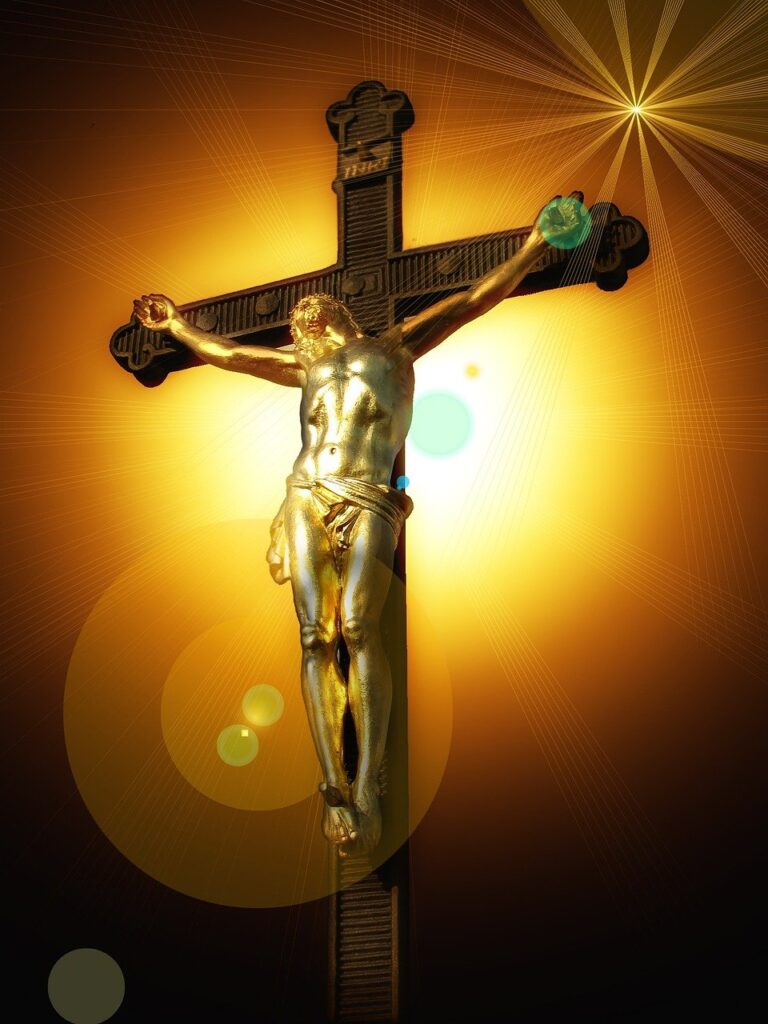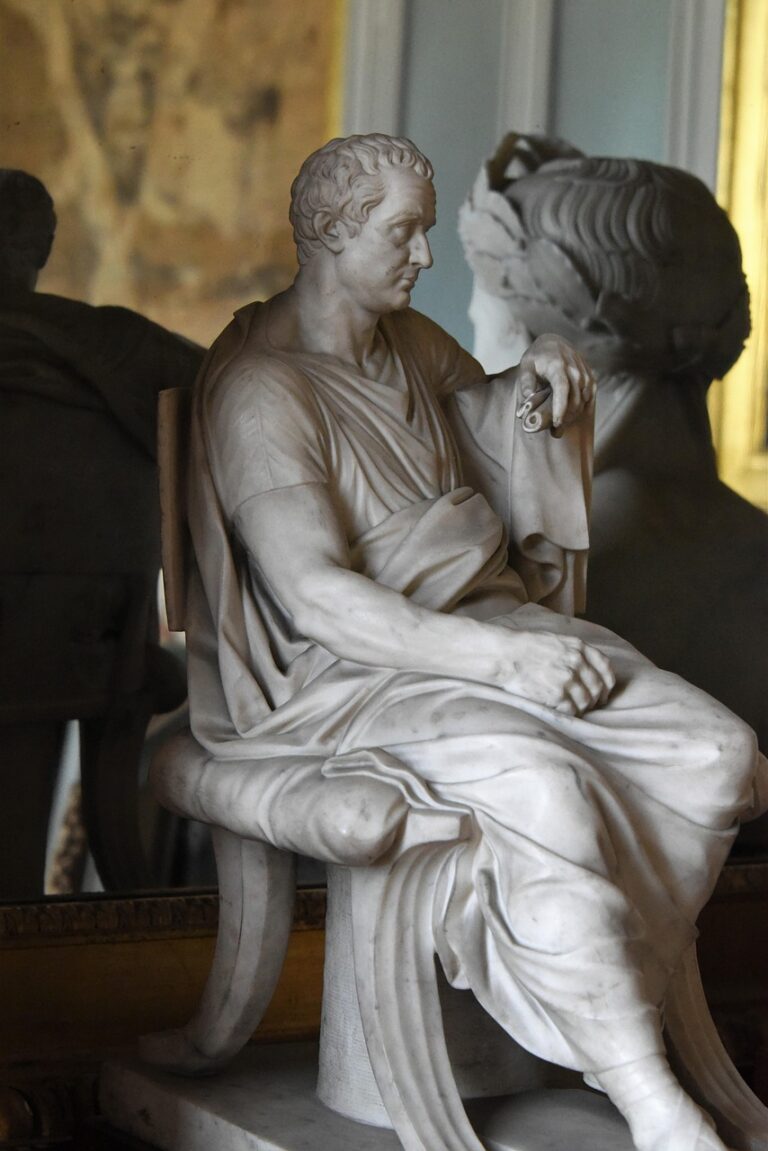
In the Bible, the concept of two suns appears in various interpretations and metaphors, often reflecting spiritual truths or divine revelations. Understanding these symbols can deepen one’s faith and insight into biblical teachings. This article explores what the two suns symbolize in the Bible, offering interpretations and insights for a clearer understanding.
Understanding the Biblical Context
The Bible is rich with symbolism and metaphor, drawing from the culture and environment of ancient times. The two suns imagery isn’t explicitly mentioned in a straightforward manner; rather, it appears in interpretations of various scriptural passages. Many scholars and theologians consider this symbolism in relation to God’s light, guidance, and the duality of existence.
In ancient cultures, the sun represented life, growth, and the divine. The idea of two suns can be seen as an extension of this symbolism, reflecting both the physical and spiritual realms. Understanding these symbols requires a deeper look at different biblical texts that mention light, the sun, and divine presence, revealing how they can symbolize different aspects of faith and understanding.
The Sun as a Symbol of God’s Presence

In numerous biblical passages, the sun symbolizes God’s presence and glory. For instance, in Psalms 84:11, it states, “For the Lord God is a sun and shield; the Lord bestows favor and honor.” Here, the sun signifies guidance, warmth, and protection.
The idea of two suns can be interpreted as the contrast between God’s divine light and the darkness of the world. One sun could represent the physical light that sustains life on Earth, while the second symbolizes the spiritual light that guides believers through their faith. This dual representation encourages followers to seek divine guidance in their lives, illuminating the path toward righteousness and truth.
The Duality of Existence
The concept of duality is prevalent in theological discussions. This can be observed in the struggle between good and evil, light and darkness, or faith and doubt. The two suns can symbolize these opposing forces. One sun may represent the light of God, embodying hope, love, and faith, while the other sun could symbolize the challenges, trials, and tribulations faced by believers in a fallen world.
This duality invites believers to acknowledge the struggles of life while holding onto their faith. It serves as a reminder that while darkness may surround them, the light of God’s love and guidance is always available. The two suns can therefore symbolize the balance between trusting in God and navigating the complexities of human existence.
Prophetic Imagery in the Bible

The Bible contains prophetic imagery that often depicts celestial events as signs of divine intervention or revelation. In the Book of Revelation, there are references to the sun being darkened and the moon turning to blood, which may be interpreted as apocalyptic signs.
In this context, the two suns might represent the idea of judgment and redemption. The first sun symbolizes the current state of the world, where believers must endure trials. The second sun may symbolize the hope of restoration and the ultimate victory of God’s kingdom. This interpretation resonates with many believers who see the promise of eternal life and divine justice amid earthly struggles.
The Light of Knowledge and Revelation
Another interpretation of the two suns can be found in the theme of knowledge and revelation. In the Bible, light often symbolizes knowledge, wisdom, and understanding. The Book of Proverbs frequently mentions the pursuit of wisdom as a guiding light in life.
In this light, the two suns can represent the dual sources of knowledge available to humanity. One sun might represent natural knowledge derived from the world, while the other symbolizes divine revelation from God. Together, they encourage believers to seek both natural understanding and spiritual wisdom, fostering a holistic approach to faith and life.
Symbolism in Christian Eschatology

Eschatology, or the study of end times, presents another lens through which to view the two suns. In Christian eschatological thought, the future restoration of creation is a central theme. The imagery of two suns may reflect the anticipated renewal of the world, where believers will experience both physical and spiritual transformation.
In this framework, one sun could represent the current state of creation, marred by sin and suffering, while the second sun symbolizes the new creation promised in Christ. This perspective emphasizes hope and the assurance of God’s ultimate plan for humanity, encouraging believers to remain steadfast in their faith as they await fulfillment.
Theological Implications of the Two Suns
The theological implications of the two suns can lead to profound discussions about God’s nature and His relationship with humanity. The idea of God as light is a fundamental concept in Christianity, with Jesus describing Himself as the “light of the world” in the Gospel of John (John 8:12).
The two suns can then illustrate the dynamic relationship between God’s transcendence and immanence. One sun signifies God’s holy and transcendent nature, while the other represents His immanent presence in the world, guiding believers through their lives. This duality encourages a deeper appreciation of the complexities of faith and God’s ongoing work in the world.
Conclusion
The symbolism of the two suns in the Bible offers a rich tapestry of meanings, from the representation of God’s presence and guidance to the duality of existence and the promise of redemption. By exploring these interpretations, believers can gain a deeper understanding of their faith and the complexities of life. The two suns encourage individuals to seek God’s light in their lives, navigate the challenges of existence, and embrace the hope of divine revelation.
Ultimately, the imagery of the two suns serves as a reminder of the balance between the physical and spiritual realms, urging believers to remain steadfast in their faith and trust in God’s ultimate plan for humanity. Through this exploration, we come to appreciate the profound depth of biblical symbolism and its relevance to our lives today.
FAQs
What is the significance of light in the Bible?
Light in the Bible symbolizes purity, truth, and the divine presence of God. It is often associated with guidance, hope, and the revelation of God’s will. Believers are encouraged to walk in the light, representing a life aligned with God’s teachings.
How can the two suns be applied to daily life?
The concept of two suns can help individuals navigate life’s challenges by recognizing the presence of both hope and trials. It encourages believers to seek God’s guidance in their decisions while also acknowledging the struggles they face in a complex world.
Are there other biblical symbols similar to the two suns?
Yes, there are various biblical symbols that reflect duality, such as light and darkness, life and death, and good and evil. Each of these symbols carries significant theological implications and encourages deeper reflection on one’s faith journey.
How does understanding biblical symbolism enhance faith?
Understanding biblical symbolism enriches one’s faith by providing deeper insights into the meanings of scripture. It allows believers to draw connections between their experiences and biblical teachings, fostering a more profound relationship with God.
Can the concept of two suns be found in other religious texts?
While the specific imagery of two suns may not be found in other religious texts, many religions use similar symbols to convey duality, light, and guidance. Exploring these themes across different traditions can offer a broader understanding of spiritual concepts.






